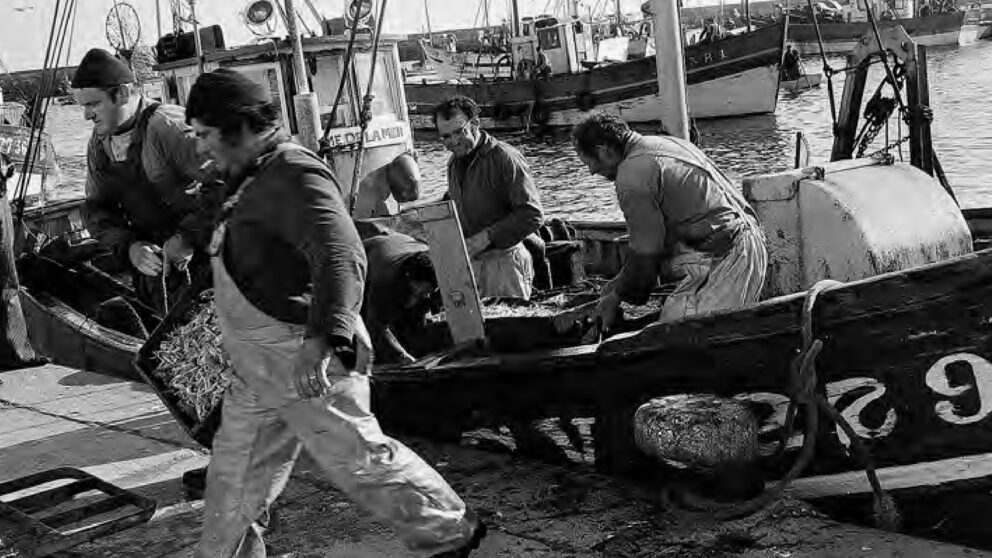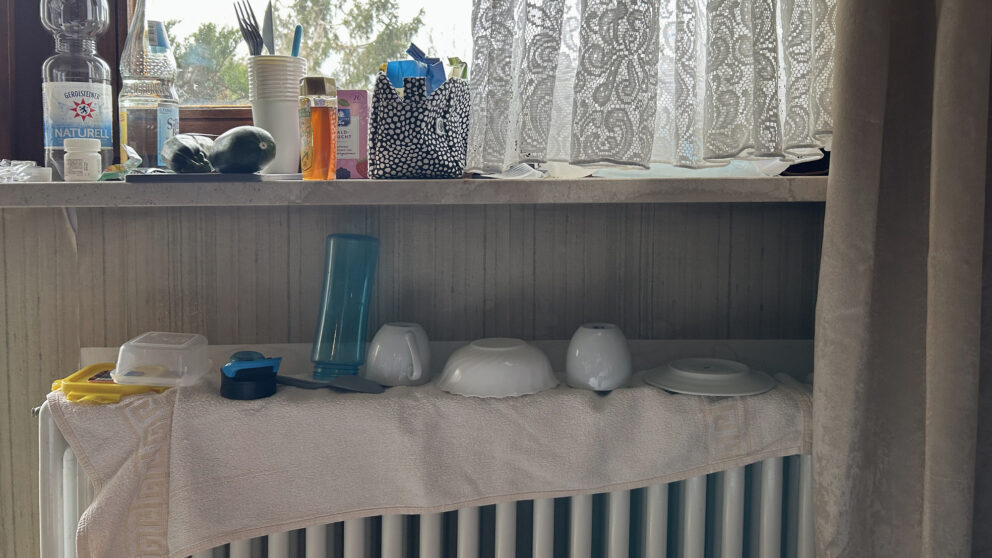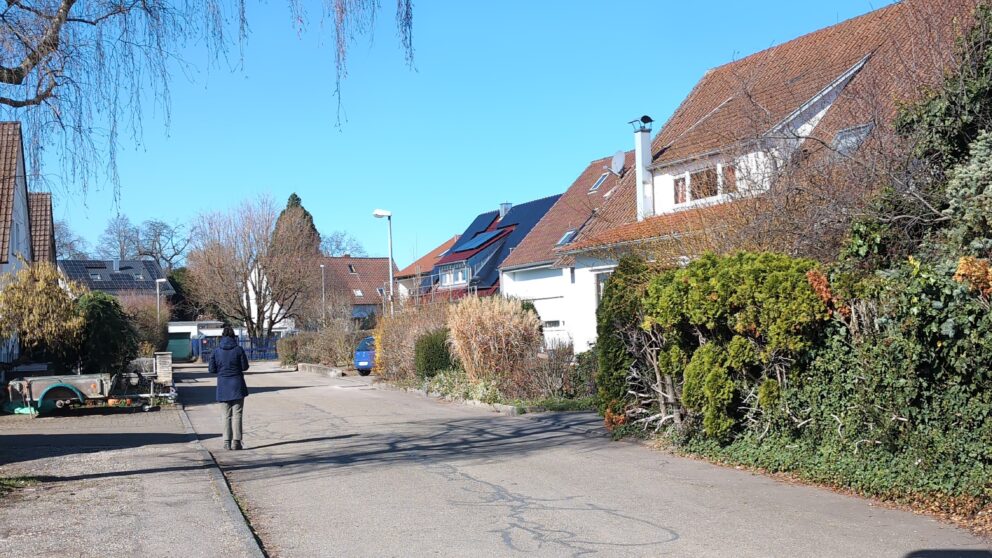
Ethnography on Mediation: Musica Mobilis and Sonic Effect
Text: Heikki Uimonen The SOMECO research team organised a soundscape workshop at Nauvo Library on 4 June. We were well rehearsed and prepared to present the project to the audience in Swedish and Finnish, and to play recordings of previous studies carried out 25 years ago. Above all we were also very much looking forward […]

Mind the step (by step)
Text & picture: juL McOISANS The rocks of Goudoul are my favorit place in Lesconil. Not necessarily for sonic reasons. 25 years ago I came here to record this famous stereo-speleophonie, when the tide is rising and waves, getting short and shorter, are insinuating through the most little interstices of each rock, suggesting me, with […]

A Foreign Language in the Ear—Reflections on listening, language, and soundscape research en route to Lesconil
Train to Quimper, Brittany. On the journey from Paris toward Quimper, I listen to archival recordings from the fishing village of Lesconil, made in 1975 and 2000 as part of the Five Village Soundscapes (FVS) and Acoustic Environments in Change (AEiC) research projects. These sounds come from the very fieldwork site we are now headed to with the SOMECO project. Two of the recordings document a fish auction. I know this because the information is provided in the descriptions of the recordings (Schafer 1977/2009, 401; Järviluoma et al. 2009, 414). I don’t understand a single word of the language spoken.

How Not to Be Seen: Digital Ethnography and Visibility
Text: Heikki Uimonen ‘The camera is a tool for idlers, who use a machine to do their seeing for them. To draw oneself, to trace the lines, handle the volumes, organise the surface… all this means first to look, and then to observe and finally perhaps to discover…’ (Le Corbusier in Kortan 1997/2005, 28). Le Corbusier’s […]

Illness, Isolation, and Perceptions of Bells in Bissingen
What does it mean to experience a place from a single point of listening? During a field trip to Bissingen, Germany, illness confined me to my room — and offered an unexpected perspective on church bells, isolation, and the fragile rhythms of time. This personal reflection explores how soundscapes are not only heard but embodied, manifesting through the listener’s states of body-mind and creating shifting relations to community and place.

Listening to the Memory on the Street
Text: Carolin Müller Walking may be just as important to scholars of sonic environments as the sounds encountered in motion. Central to this is the relationship between the human body and the ground it touches while moving through space. Frauke Berendt (2018, 251) notes that soundwalks represent a specific form of human mobility, characterized by […]